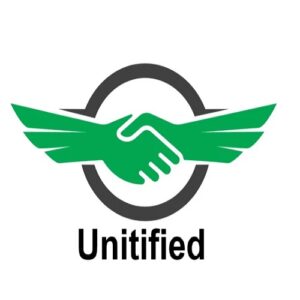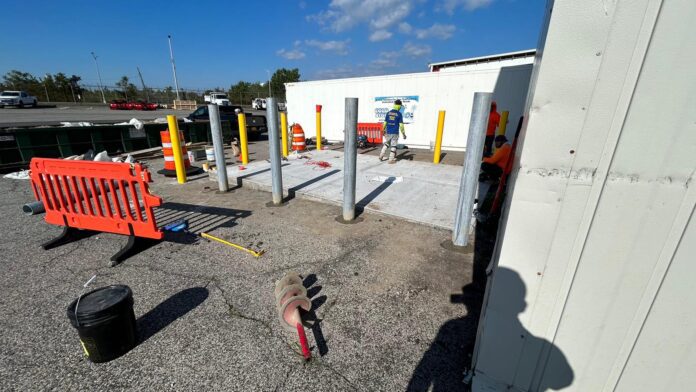NYC recognized for its distinctive skyline and colorful culture, also has a wide network of sidewalks that play an important role in the city’s daily life. Sidewalks are public sidewalks that connect neighborhoods, businesses, and landmarks. However, they like any urban infrastructure, are subject to wear and strain. We will look at some of the most prevalent sidewalk repair NYC and offer practical ways of dealing with them.
Cracks and Uneven Surfaces
Identifying the Problem
Cracks and uneven surfaces are prevalent NYC sidewalk repair. These imperfections can pose a hazard to pedestrians, leading to trips, falls, and injuries. They are often caused by weather fluctuations, tree root growth, and the general wear and tear of heavy foot traffic.
Addressing the Issue
To address this issue, the first step is identification. Regular inspections by local authorities can help spot potential problem areas. For minor cracks, sealing with durable materials can prevent further deterioration. In cases of significant unevenness, resurfacing or replacement might be necessary. By taking prompt action, the city can ensure the safety and accessibility of its sidewalks.
Potholes and Depressions
Identifying the Problem
Potholes and depressions are another common sidewalk concern. These depressions can collect rainwater, creating puddles that not only inconvenience pedestrians but also contribute to sidewalk erosion over time.
Addressing the Issue
Prevention is key in dealing with potholes and depressions. Implementing proper drainage systems can minimize water accumulation. Regular maintenance, such as filling potholes with durable materials, will prevent the issue from escalating. Additionally, educating the public about reporting these problems can lead to quicker resolutions.
Overgrown Trees and Vegetation
Identifying the Problem
The lush greenery that adorns NYC’s streetscape can sometimes become a challenge when tree roots start encroaching on sidewalks. Overgrown trees can lead to uplifted pavement and cracks as their roots expand.
Addressing the Issue
Collaboration between urban planners and arborists is crucial in managing overgrown trees. Strategic tree planting, such as using species with non-invasive root systems, can prevent future problems. Regular pruning and root maintenance can also mitigate the impact of existing trees on sidewalks.
Graffiti and Litter
Identifying the Problem
Graffiti and litter not only tarnish the visual appeal of sidewalks but also contribute to a sense of urban neglect. Keeping sidewalks clean and free from graffiti is essential for maintaining a welcoming environment.
Addressing the Issue
Community engagement plays a vital role in combating graffiti and litter. Organizing neighborhood cleanup events and encouraging responsible waste disposal can create a sense of pride and ownership among residents. Additionally, swift removal of graffiti by local authorities can discourage further vandalism.
ADA Accessibility
Identifying the Issue
A fundamental necessity is that sidewalks be accessible to all people especially those with impairments. The diverse population of New York City emphasizes the significance of adhering to the Americans with Disabilities Act ADA.
Addressing the Issue
To enhance ADA accessibility, the city should prioritize curb ramp installations, tactile paving, and crosswalk markings. Regular audits can identify areas needing improvement. Collaboration with disability advocacy groups can provide valuable insights into creating truly inclusive sidewalks.
Conclusion
Navigating the sidewalks of New York City should be an enjoyable and safe experience for all residents and visitors. By addressing common sidewalk issues through a proactive and comprehensive approach, the city can ensure that its walkways remain a symbol of connectivity and vitality. From tackling cracks and uneven surfaces to promoting ADA accessibility, each step taken contributes to a more pedestrian-friendly urban landscape.

